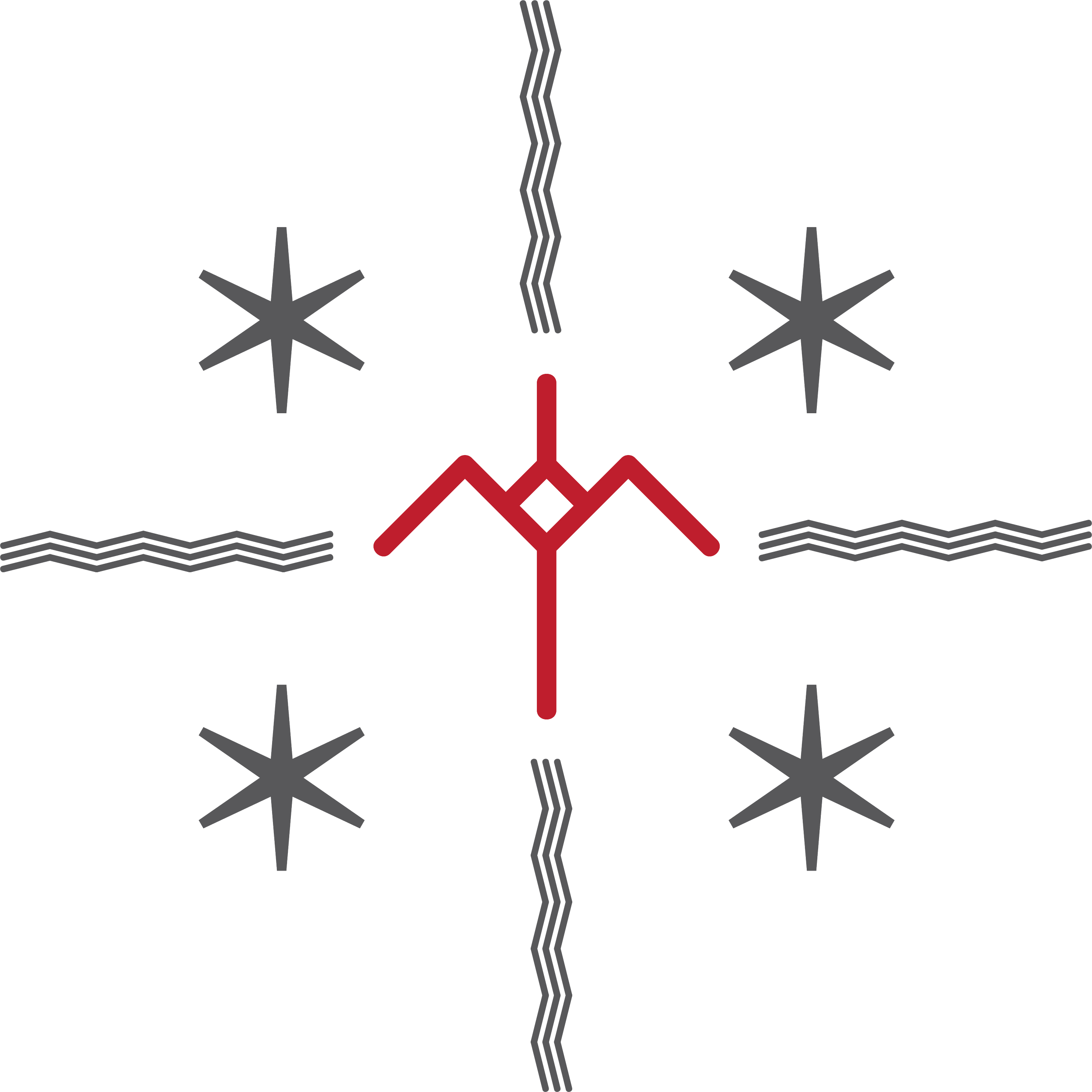Christian Missionary Influence on Traditional Māori Art
***Disclaimer***
This article was AI generated and while it’s purpose is to be informative, it does:
A - Not reflect our personal views in any way and
B - Should not be relied upon as a sole source of information for the subject under discussion.
The Shadows of Censorship: Christian Missionary Influence on Traditional Māori Art
Introduction:
Traditional Māori art is a vibrant and integral part of New Zealand's cultural tapestry, reflecting the rich heritage and spiritual beliefs of the indigenous people. However, the history of Māori art is not without shadows, as the influence of Christian missionaries during the colonial period left a lasting impact on the expression of cultural identity. This article explores the complex interplay between Christian missionary censorship and traditional Māori art, examining how these forces clashed and converged, shaping the narrative of indigenous creativity.
The Arrival of Christian Missionaries:
With the arrival of European missionaries in the early 19th century, a clash of cultures unfolded in Aotearoa (New Zealand). Christian missionaries sought to convert the Māori population to Christianity, bringing with them not only religious teachings but also European values, morals, and sensibilities. This collision between two vastly different worldviews had profound implications for Māori art, which was deeply intertwined with their spiritual beliefs and cultural practices.
Censorship and Suppression:
One of the primary challenges faced by traditional Māori artists was the censorship imposed by Christian missionaries. Missionaries viewed certain aspects of Māori art, especially those related to spirituality, as pagan or heathen. Carvings, sculptures, and tattooing that depicted traditional Māori deities, sacred rituals, or ancestral figures were deemed incompatible with Christian values. Consequently, many traditional art forms faced suppression, censorship, or outright destruction.
Wharenui and Whakapapa:
The wharenui, or meeting house, is a central feature in Māori art and culture. Adorned with intricate carvings and designs, these structures serve as repositories of ancestral knowledge and community identity. However, Christian missionaries often pressured Māori communities to alter or remove elements of their carvings that were deemed "pagan" or inconsistent with Christian teachings. This interference disrupted the transmission of whakapapa (genealogy) and cultural narratives through visual storytelling.
Tā moko and Bodily Expression:
Tā moko, the traditional Māori art of tattooing, also faced scrutiny and censorship. Missionaries viewed the intricate facial and body tattoos as symbols of paganism and resisted the practice. As a result, some Māori individuals abandoned or modified their traditional tattoo designs to align with Christian norms, contributing to a dilution of the cultural significance embedded in these artistic expressions.
Resilience and Adaptation:
Despite the challenges posed by Christian missionary influence, traditional Māori art demonstrated resilience and adaptability. While some elements were suppressed or altered, artists found creative ways to preserve their cultural identity. Subtle symbolism, hidden meanings, and the incorporation of Christian motifs into traditional designs allowed Māori artists to navigate the restrictive environment while preserving the essence of their cultural heritage.
Contemporary Reflections:
In the contemporary era, Māori artists are revisiting and reclaiming their cultural narratives. Efforts to revive traditional art forms and challenge the legacy of Christian missionary censorship are gaining momentum. Artists today seek to reconnect with suppressed elements of their artistic heritage, fostering a renewed appreciation for the richness and diversity of traditional Māori art.
Conclusion:
The shadows of Christian missionary censorship in traditional Māori art serve as a poignant reminder of the complex interplay between cultural encounters. As contemporary discussions center on cultural preservation and reconciliation, acknowledging the impact of historical censorship is crucial. By understanding this challenging chapter in Māori art history, we can appreciate the resilience of indigenous creativity and work towards fostering a more inclusive and respectful appreciation of New Zealand's diverse cultural heritage.
